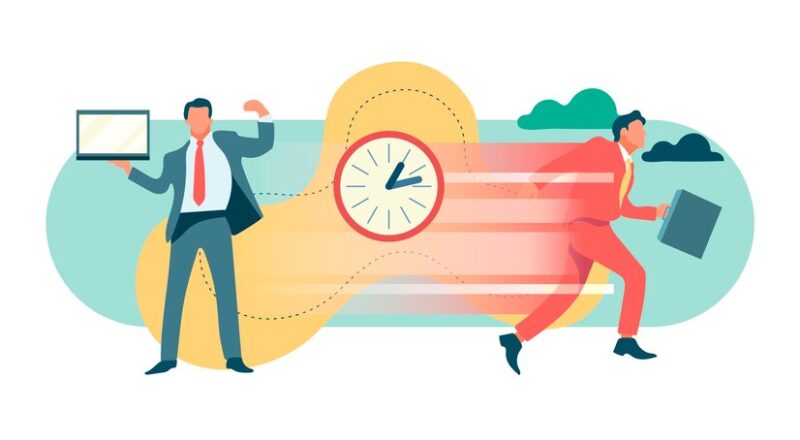You might find yourself tasked with the crucial responsibility of being a meeting secretary. Whether voluntary or a paid position, this role demands more than just a pen and paper. It requires a keen understanding of the meeting process, impeccable organisation, and the ability to transform discussions into a coherent official record.
The secretary, in any formal group, assumes the role of the process’s guardian. From orchestrating meeting arrangements, including AGMs, to meticulously recording decisions and proceedings, their primary duty is to create an accurate and official record—commonly known as meeting minutes. This encompasses not only the meeting itself but also maintaining records of related correspondence.
Preparation
Before the meeting takes centre stage, the secretary plays a pivotal role in preparation. Essential pre-meeting knowledge includes understanding who’s responsible for the arrangements, preparing the agenda, and deciding the type of notes or minutes required. Is it a detailed account of who said what, or a condensed version focusing on agreed actions? Additionally, understanding the timeline for producing and circulating minutes is crucial.
For those new to the role, delving into past minutes provides insights into attendees, represented organisations, and past issues discussed. Armed with this knowledge, secretaries can confidently send out papers for the meeting, comprising the agenda, previous meeting minutes, and relevant discussion papers.
On the Day
As the meeting day unfolds, the secretary steps into an orchestrator’s shoes. Responsibilities include confirming the attendee list, ensuring venue readiness, managing room layout, and verifying the functionality of AV equipment. Delving into finer details, such as seating arrangements and name badges, contributes significantly to a smooth meeting flow.
Taking Minutes Effectively
The essence of a secretary’s role culminates in taking accurate minutes during the meeting. From recording attendee introductions to encapsulating the main business discussions, the approach depends on the formality required. Shorthand for key terms, identifying speakers through initials, and summarising recurring points are handy techniques for efficient minute-taking.
Secretary as a Supportive Force
While the chair manages the meeting, the secretary can provide invaluable support. Passing discreet notes to highlight timing issues, recapping discussions, seeking clarification when needed, and ensuring clear ownership of agreed-upon actions are contributions that enhance the meeting process.
Crafting Clear and Concise Minutes
The aftermath of a meeting sees the secretary immersed in the task of crafting minutes. Starting promptly is crucial to maintain clarity, as even transparent notes may lose coherence after a day. Following the agenda’s order, minutes detail key discussion points, decisions, and assigned actions. Using past tense and passive voice adds a formal touch to the minutes.
A Final Checkpoint
For those new to minute-writing, seeking feedback from a trusted colleague or the chair is advisable before wider circulation. Once approved, minutes can be disseminated to attendees and possibly published. Corrections, if any, are seamlessly incorporated into the next set of minutes.
Mastering the art of minute-taking is more than a task; it’s a skill that elevates the secretary to a pivotal role in ensuring the efficiency and effectiveness of organisational processes.

